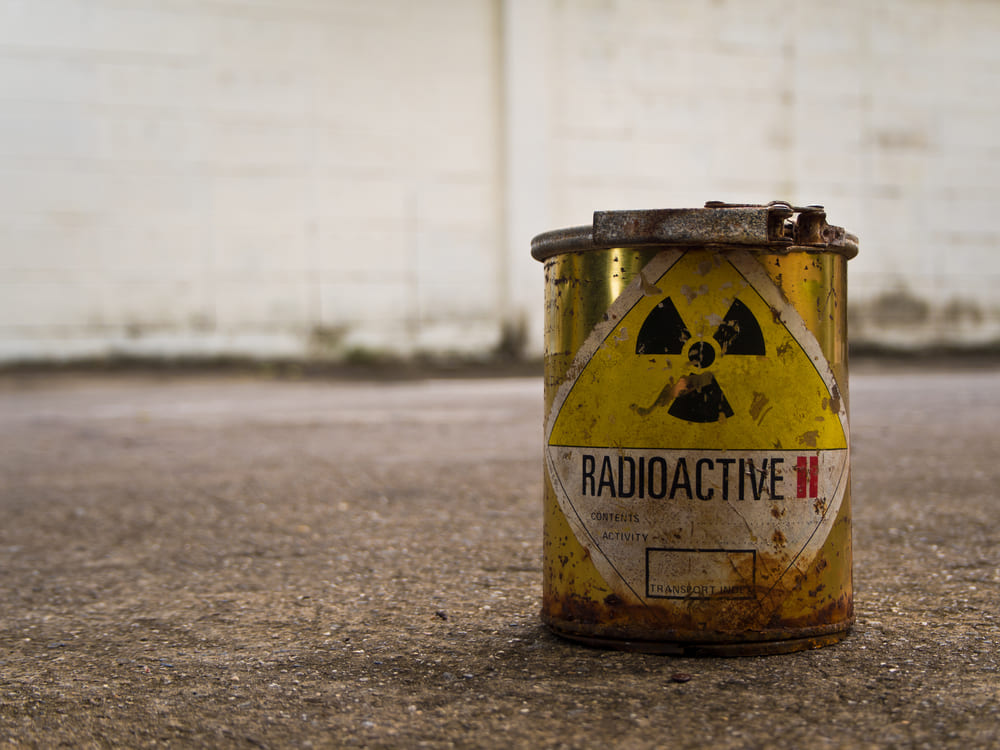On January 8, 2025, the U.S. Department of Justice, Office of Public Affairs, issued a press release stating that Takeshi Ebisawa, a Japanese gang leader, had pleaded guilty to trafficking nuclear materials from Myanmar to neighboring countries. The nuclear materials included uranium and weapons-grade plutonium. Investigations by the U.S. Drug Enforcement Administration (DEA) revealed that Ebisawa had established a network of criminals for nuclear trafficking.
Table of Contents
ToggleSecurity Implications of Nuclear Trafficking from Myanmar
The trafficking of nuclear materials from Myanmar poses a serious threat to the international nuclear security framework and raises concerns for regional countries. There are indications that Ebisawa’s network may have extended into neighboring nations, including India. Weapons-grade plutonium does not occur naturally, and Myanmar lacks a fuel reprocessing facility. This raises questions about the origin of the trafficked materials.
Myanmar’s Nuclear Infrastructure and International Obligations
Myanmar established its Department of Atomic Energy in 1997 under the Ministry of Science & Technology. It was one of the founding members of the International Atomic Energy Agency (IAEA) in 1957 and is a signatory to the Non-Proliferation Treaty (NPT) as a Non-Nuclear Weapon State. Additionally, Myanmar is part of the Bangkok Treaty, which designates Southeast Asia as a Nuclear-Weapon-Free Zone.
While Myanmar does not have a confirmed nuclear weapons program, past speculations suggest possible cooperation with North Korea. In 2024, Russia signed an agreement with Myanmar to build a low-power nuclear plant. Given Myanmar’s limited nuclear infrastructure, it is highly improbable that the country could produce weapons-grade plutonium independently. The U.S. Department of Justice’s press release also revealed that Ebisawa had access to 100 kg of U-308, commonly known as yellowcake, a material obtained from uranium ore before enrichment.
Read More:
- The Human Cost Of India’s Nuclear Ambitions
-
Assessing the Indian Air Force’s (IAF) Network Centric Warfare (NCW) capability
- The False Pursuit of India’s Nuclear Ambitions
Potential Indian Links to Nuclear Trafficking
India shares a 1,643 km-long border with Myanmar, making it a potential source for illicit nuclear material trafficking. Several factors contribute to this likelihood, including:
- Unsafeguarded reactor-grade plutonium stockpiles that can be quickly converted into weapons-grade material.
- Lax nuclear security arrangements and numerous reported cases of nuclear theft.
- India’s engagement with armed rebel groups in Myanmar, which could facilitate smuggling operations.
Incidents of Nuclear Theft in India
Multiple incidents over the years highlight India’s weak nuclear security framework:
- July 2024: Five individuals arrested for stealing radioactive material from Bhabha Atomic Research Center (BARC).
- February 2022: Two Indians and six Nepali nationals caught selling uranium in Nepal.
- 2021: Indian police arrested individuals in Maharashtra and Jharkhand for attempting to sell uranium.
- 2018: Kolkata police seized 1 kg of uranium worth 3 crore INR.
- 2013: Guerrilla rebels reportedly stole uranium ore from an Indian milling plant.
These incidents demonstrate that India’s nuclear security remains inadequate, making it a possible source for the illicit trade of sensitive nuclear material.
India’s Influence in Myanmar and Its Role in Trafficking
Reuters reported that the Indian Council of World Affairs, funded by the Indian government, invited Myanmar’s ethnic armed group representatives to a seminar in September 2024. Indian Foreign Minister S. Jaishankar addressed the gathering, emphasizing India’s developmental projects in Myanmar. India’s engagement with Myanmar’s military and rebel groups further suggests that it has established points of contact within the region.
The U.S. Department of Justice’s press release stated that Ebisawa was in contact with an ethnic group leader to acquire nuclear material. This indicates the involvement of Myanmar’s rebel factions in nuclear trafficking, potentially facilitated through Indian networks.
India’s Nuclear Security Gaps and International Obligations
Dr. Mansoor Ahmed has pointed out flaws in India’s separation plan for civilian and military nuclear facilities under IAEA guidelines. India’s civilian unsafeguarded nuclear facilities produce reactor-grade plutonium that can be quickly converted into weapons-grade material. This creates an incentive for illicit actors to acquire and traffic nuclear material.
Although India has signed the Convention on the Physical Protection of Nuclear Material (CPPNM) and UNSCR 1540, which mandates strict legal frameworks to prevent nuclear material from falling into non-state actors’ hands, it has failed to establish an independent regulatory authority to oversee nuclear security.
Call for International Action
Given the severity of the situation, the IAEA must investigate the criminal activities of Takeshi Ebisawa and his network. The U.S. Department of Justice should collaborate with international agencies to trace the origin of the trafficked nuclear material and identify all individuals involved. Strengthened regional cooperation and enhanced nuclear security measures are necessary to prevent further proliferation of illicit nuclear materials in South Asia.

Saif ul Haq
Saif ul Haq is a Research Officer (RO) at Strategic Vision Institute (SVI), Islamabad.













